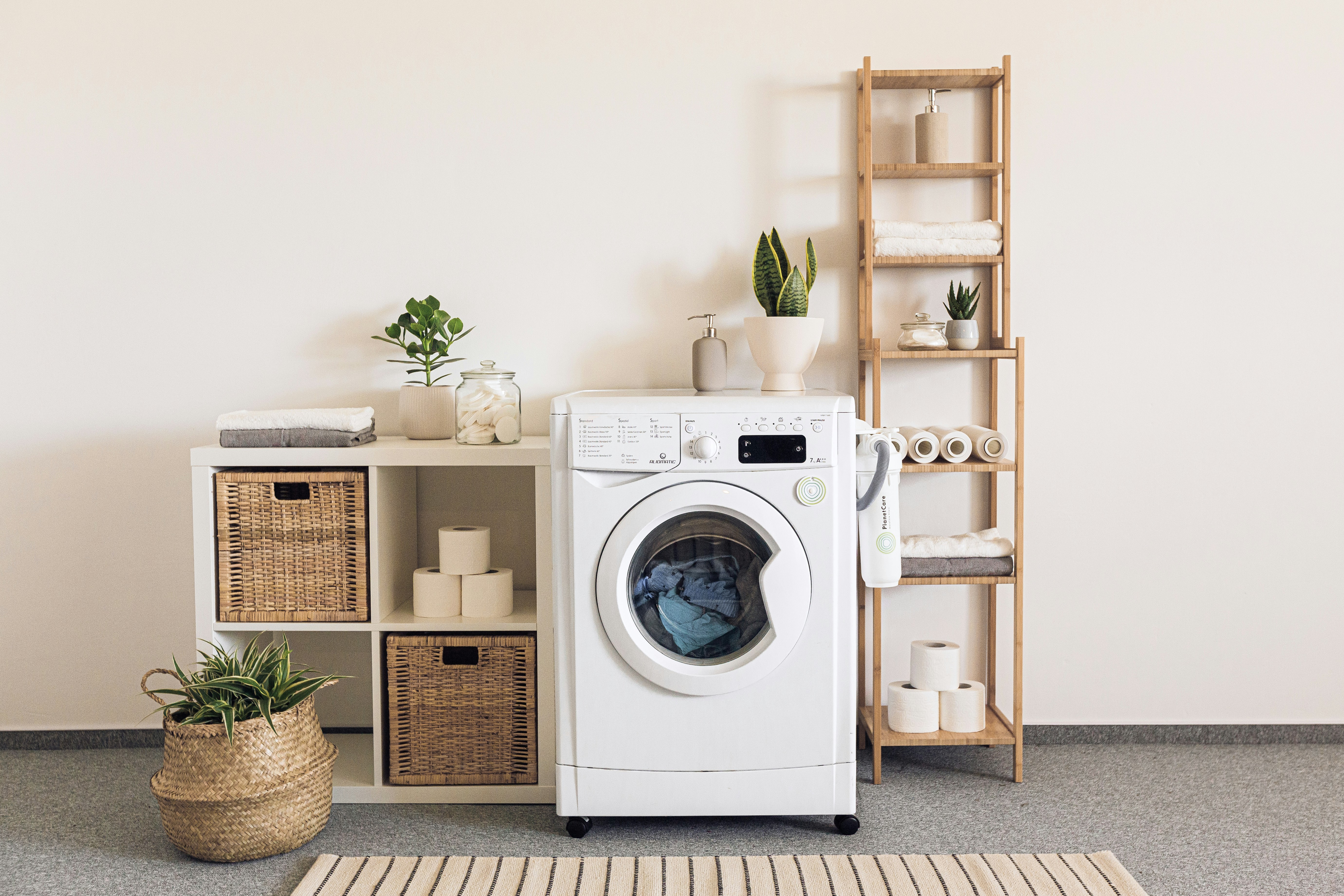Soundscaping: The Art of Curating Your Home's Acoustic Atmosphere
In the quest for the perfect home environment, we often focus on visual aesthetics, forgetting a crucial element that significantly impacts our well-being: sound. Enter soundscaping, the latest trend in home design that's transforming how we experience our living spaces. This innovative approach involves carefully curating the acoustic atmosphere of your home, creating a harmonious blend of soothing sounds and strategic silence that enhances relaxation, productivity, and overall quality of life.

The Science Behind Soundscaping
Soundscaping isn’t just about playing pleasant music or nature sounds; it’s a comprehensive approach to managing your home’s acoustic environment. This practice is rooted in psychoacoustics, the scientific study of sound perception. Research has shown that certain sounds can reduce stress, improve focus, and even boost immune function. Conversely, unwanted noise can lead to increased cortisol levels, sleep disturbances, and decreased cognitive performance.
Implementing soundscaping in your home involves understanding how different sounds affect human psychology and physiology. For instance, the sound of flowing water has been proven to induce a state of calm, while birdsong can enhance mood and alertness. By strategically incorporating these elements, you can create a sonic landscape that supports your well-being throughout the day.
Moreover, soundscaping addresses the issue of noise pollution, which has become increasingly prevalent in urban environments. By using sound-absorbing materials, white noise machines, and even smart home technology, you can mitigate unwanted external noises and create a peaceful sanctuary within your home.
Designing Your Home’s Sonic Landscape
Creating an effective soundscape in your home requires a thoughtful approach to both sound addition and reduction. Start by identifying the primary function of each room and the acoustic atmosphere that would best support it. For example, a home office might benefit from gentle background noise to mask distractions and enhance focus, while a bedroom may require near-silence for optimal sleep.
Consider incorporating natural elements like indoor fountains or wind chimes to introduce soothing sounds. Smart speakers can be programmed to play ambient sounds or music that complement your daily activities. For instance, you might set up a morning playlist of gentle birdsong to ease you into the day, transitioning to soft instrumental music for work hours.
Don’t forget about the role of silence in your soundscape. Creating quiet zones in your home can provide much-needed respite from the constant barrage of noise in modern life. Use sound-absorbing materials like heavy curtains, plush rugs, and acoustic panels to dampen echoes and create pockets of tranquility.
Tech-Driven Solutions for Advanced Soundscaping
As the concept of soundscaping gains traction, technology companies are developing innovative solutions to help homeowners achieve their ideal acoustic environment. Smart home systems now offer advanced sound management features, allowing you to create customized soundscapes for different times of day or activities.
One exciting development is the emergence of directional sound technology. These systems use focused beams of sound to create audio zones within a room, allowing different family members to enjoy their preferred soundscapes without disturbing others. Imagine being able to listen to a podcast in one corner of the living room while your partner enjoys classical music in another – all without headphones.
Another promising technology is adaptive noise-canceling for homes. Similar to noise-canceling headphones, these systems use microphones to detect external noise and generate anti-noise signals to neutralize it. This can be particularly beneficial for urban dwellers dealing with traffic noise or noisy neighbors.
The Impact of Soundscaping on Well-being and Productivity
The benefits of a well-designed soundscape extend far beyond mere comfort. Studies have shown that appropriate acoustic environments can significantly impact mental health, cognitive function, and overall well-being. In the era of remote work, creating a home environment that supports focus and productivity has become more crucial than ever.
A thoughtfully curated soundscape can help reduce stress and anxiety, leading to improved sleep quality and better overall health. For those working from home, the right acoustic environment can enhance concentration and creativity, potentially boosting productivity and job satisfaction.
Moreover, soundscaping can have a positive impact on family dynamics and social interactions within the home. By creating spaces that encourage conversation and others that promote relaxation, you can foster a more harmonious living environment for all household members.
- The ideal background noise level for productivity is around 70 decibels, equivalent to the sound of light traffic or a running shower.
- Natural sounds like rainfall or ocean waves can lower heart rate and cortisol levels, reducing stress.
- Using a mix of high, mid, and low-frequency sounds in your soundscape can create a more balanced and pleasant acoustic environment.
- Sound-absorbing plants like peace lilies and rubber plants can help reduce echo and ambient noise in a room.
- The “pink noise” spectrum, which includes sounds like steady rainfall, has been shown to improve sleep quality and memory consolidation.
- Incorporating moments of silence into your daily routine can improve cognitive function and creativity.
- The use of binaural beats, a type of sound wave therapy, can potentially enhance focus and relaxation.
Conclusion
Soundscaping represents a new frontier in home design, offering a holistic approach to creating living spaces that nurture our well-being on multiple levels. By paying attention to the acoustic environment of our homes, we can create spaces that not only look beautiful but also sound and feel harmonious. As technology continues to advance, the possibilities for customizing our sonic landscapes will only grow, allowing us to craft truly personalized and supportive home environments. Embrace the art of soundscaping, and transform your home into a symphony of well-being.




